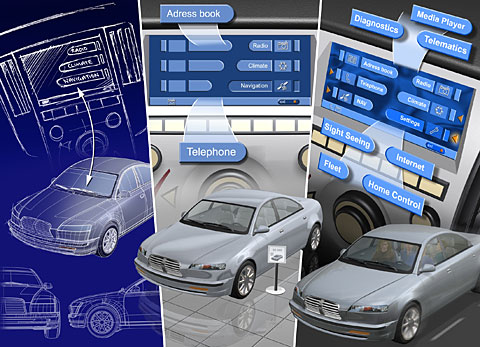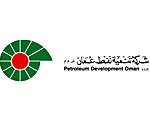Hugh Burchett works for Cambridge Consultants, www.CambridgeConsultants.com

So what are the benefits? This question has been debated considerably over the last few years areas such as mobile phone location based services, where the network operators have needed to build a business case to justify capital investment. In practice, this has been difficult as no one “killer application” has existed, and indeed the business case has been built on a variety of applications each offering a consumer benefit which in certain cases appears to have little to do directly with the knowledge of the location of the device.
The same issues apply with in-building location systems, where the business case has to support either a new infrastructure or at a minimum, an adaptation to an existing infrastructure. A series of examples follows which highlight different benefits of location where it is used as a key element of a system.
The Smart Hospital
The ability to track assets, people and medical notes within a hospital environment has obvious benefits. The area of “smart” hospitals is currently of considerable interest, especially in Europe and the US where there is a move to day surgery centres where the aim is to prepare, operate and discharge a patient within a single day. In principle, this offers many benefits, however, in practice is a complex process requiring close co-ordination in order to achieve this aim. This can only be done dynamically as the duration of the procedures cannot be reliably predicted. Therefore, a location system is required that continually monitors the location of pertinent items within the building so patients can be rapidly located and their treatment optimised to reduce delay.
Intelligent Museum Guides
The ability to place information in context is also proving exciting for ‘active’ museum guides, electronic transactions, and even as far as “push” of advertising information to a mobile device.

The concept of museum guides which provide a commentary of exhibits as the visitor moves around the building has been long established. However, it frequently requires user interaction to start/stop the commentary or for the visitor to move at a predefined speed, and cannot be accessed randomly. A location-based solution can allow the information to be provided to the user based on their location, either in audio form or with a PDA type device as a location map. The information provided is therefore in context and gives the visitor considerably more freedom in their route.
In this case, depending on the location technology employed, the museum owners can also obtain information regarding the routes and popularity of certain exhibits or features than can help plan future exhibitions.
Paperless Ticketing
This technology can be used to enhance security within a system, particularly when allied to additional sensors. Applications here include building security systems where a zone can be defined and monitored to detect any intrusion into the zone and a second system used to determine the number of located devices within the area. In the case where people are carrying tags then an intruder can be defined as anyone who has been detected and is not carrying a tag.
A current aim within the transportation and leisure industry is to reduce queuing and the restrictions caused by barrier systems. The ability to distinguish between people carrying a locatable device and those who aren’t would enable barriers to be removed at a station for instance, and also allow controlled entry to certain areas within a station, or potentially onto the trains themselves. Passenger movements could also be monitored as per the example above.
Lone Working
The addition of location information can be used to enhance the safety of individuals and optimally manage emergency situations, such as during fire fighting and other emergency rescue situations, the location and tracking of dangerous goods within a building and the tracking of ‘vulnerable’ people - from lone workers to mobile patients within hospitals that have but who are still at risk of being taken ill rapidly.
The ability to cut response time can dramatically alter the outcome of the incident and has the potential to save lives at risk.
In the case of lone worker protection, a location system has the benefit of providing added reassurance to the worker as well as helping the employer meet the statutory requirements of protecting workers. This particular application is particularly challenging as it requires a solution which often spans both location using global positioning as well as location within a building where a custom infrastructure may not be available.
Location therefore can be seen to provide many benefits in terms of improving and optimising processes, placing information into context, improving security and reducing fraudulent behaviour as well as enhancing security.
In practice, the value associated with each of these benefits will depend on a specific application, as will issues such as the accuracy, latency and update date required to achieve the desired benefit. Therefore the location technology has to be identified that is most appropriate to the application. In certain cases, true location in 2D or 3D is not required and it is sufficient to determine whether a device is in proximity to a given point, which provides a significantly lower cost route than determining location. In other cases, the addition of an improved algorithm can enhance location accuracy based on an existing system, such as Bluetooth, DECT or WLAN systems.








